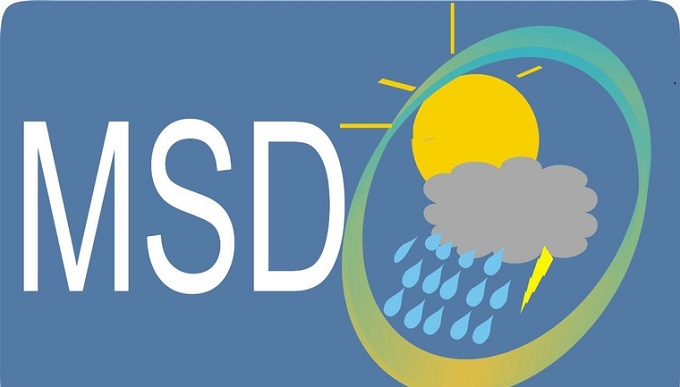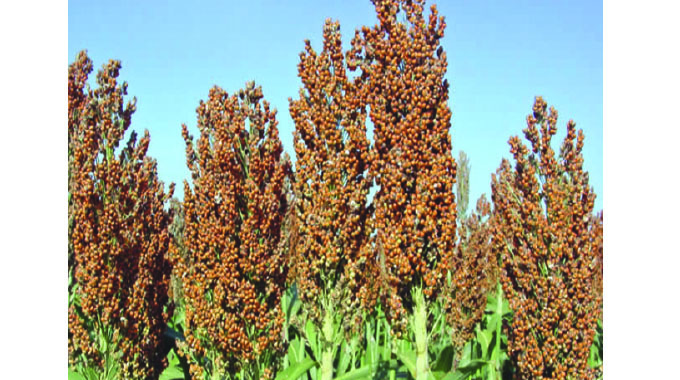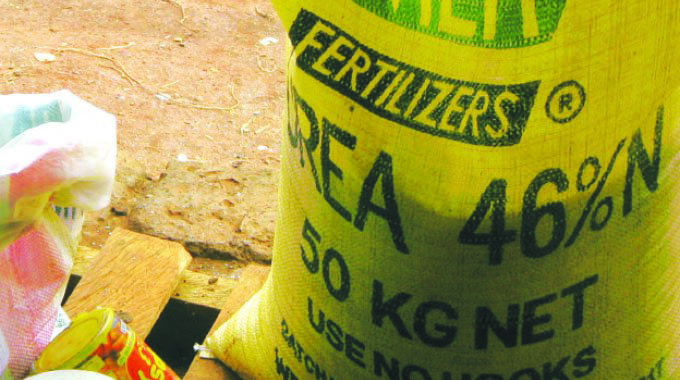The Chronicle

Thandeka Moyo-Ndlovu, Senior Reporter
FOR the past four months, Mr Stephen Sithole, a village head in Bubi District, Matabeleland North, has been doing land preparation and digging the Intwasa/Pfumvudza holes at his four-hectare plot in anticipation of a good rainy season.
In its latest seasonal forecast, the Meteorological Services Department (MSD) predicted normal to above normal rains across the country. The MSD warned that there could be prolonged dry spells during the season and tropical cyclones highly likely.
There could also be major storms and flash flooding with dams and rivers likely to fill.
Newly converted Intwasa/Pfumvudza farmer, Mr Sithole is optimistic that since he started preparing land early, he is highly likely to produce better yields under the conservation agriculture concept despite being in a semi-arid region.
Matabeleland falls under agro-ecological regions three, four and five largely characterised by low rainfall.
Government announced that this year, the distribution of seed types and varieties for the Pfumvudza/Intwasa programme will depend on the climatic and soils of each region in order to boost production.
In low rainfall agro-ecological regions, three plots will be put under maize, sorghum and pearl millet. The maize plot is for household food and the other two plots under traditional grains are to produce for commercial sale.
This year farmers are expected to plant 2 million hectares of maize. For sorghum, the Government has set a target of 380 000 hectares to produce 304 000 tonnes while 250 000ha are set to be put under pearl millet to produce 150 000 tonnes.
 Meteorological Services Department
Meteorological Services DepartmentFarmers are expected to plant 25 000ha of finger millet to produce 13 750 tonnes of the crop.
Traditional grains are gaining prominence in the sense that the Government recognises the importance of growing traditional grain in dry parts of the country for their nutritious value.
Mr Sithole, with the assistance of his wife and daughter, has so far dug more than 10 000 holes at his plot where he intends to plant sorghum, maize and sunflower.
While a majority of farmers in Mr Sithole’s area were this year forced to give up on the Intwasa concept following a prolonged dry spell in the 2021/22 farming season, he has actually decided to soldier on in anticipation of a good harvest.
Like most farmers, Mr Sithole said a majority of his crops were a writeoff due to the dry spell.
“I started digging the Intwasa/Pfumvudza holes in May and even now I haven’t stopped and will continue so that by the time the rainy season starts, I would have covered enough ground. Intwasa is quite intensive and since we didn’t have much to harvest last year, we decided to start working on the holes with my wife and my daughter,” said Mr Sithole.
“I intend to plant sorghum, sunflower and some maize. Participating in Intwasa has taught me that as farmers we need to prepare well in time.”
 Sorghum
SorghumMr Sithole said the Intwasa/Pfumvudza programme has turned out to be a solution for farmers in dry regions such as Matabeleland North.
“Most of my neighbours have already given up after just one attempt, but I have since learnt that for Intwasa to be effective, one needs to start working on holing early before the rainy season starts,” he said.
“Some also argue that Intwasa is intensive and leads to permanent disabilities such as backaches, but I think it’s more effective and has guaranteed productivity compared to the traditional methods.”
The Intwasa concept promotes intensive farming through the utilisation of small pieces of land to increase productivity.
It also promotes a systemic approach to the adoption of good agronomic practices, thereby increasing the yields achieved on a specified plot size.
According to agriculture experts, Intwasa principles require farmers to adhere to minimum soil disturbance techniques by digging a hole or planting station where they will be planting their seeds and leave the rest of the land undisturbed.
Farmers should use mulch to conserve moisture and suppress weeds during the summer season and also rotate crops grown on their plots especially with a legume for soil conservation.
The concept is tailor-made to benefit all farmers in Zimbabwe. Government has already released $20 billion towards the programme.
 Money – Image taken from Pixabay
Money – Image taken from PixabayThis year’s target means an additional 1,2 million households will benefit from the Pfumvudza/Intwasa programme, after 2,3 million households participated last year.
Under the programme, each farming household will get an input package comprising 10kg maize seed, 5kg sorghum, 2kg pearl millet, 5kg soya beans, 2kg sunflower/castor beans and 5kg of either sugar beans, cowpeas or roundnuts.
Some farmers will get 5kg of summer wheat, long season variety, 2x50kg of Compound D fertiliser, 1x50kg top dressing fertiliser and chemicals for fall armyworm or stalk borer control.
 fertiliser
fertiliserFarmers adopted the Pfumvudza/Intwasa concept based on the principles of minimum soil disturbance (holing out), mulching to conserve moisture, timeliness of operations and adoption of good agronomic practices.
National food self-sufficiency is key to the Government’s economic blueprint, the National Development Strategy 1, which identifies food security and nutrition as key drivers of economic revival. [email protected] .
Article Source: The Chronicle
